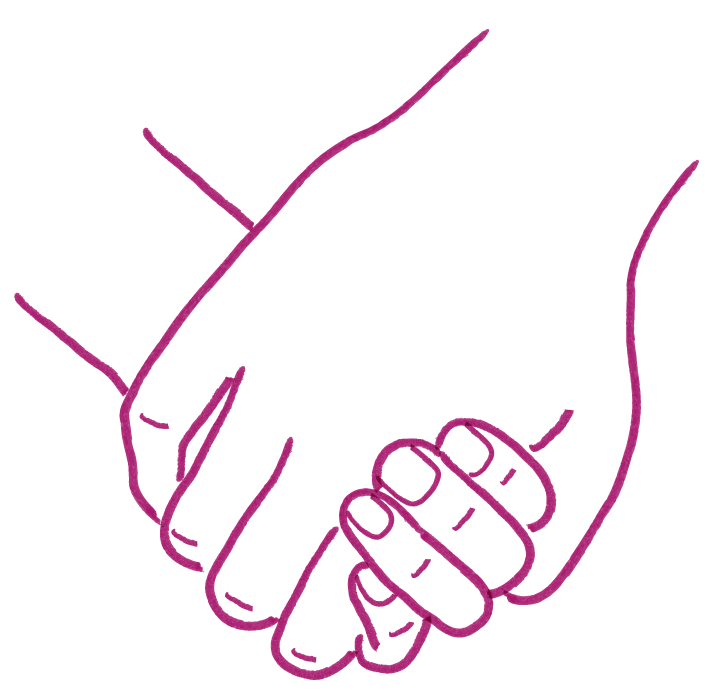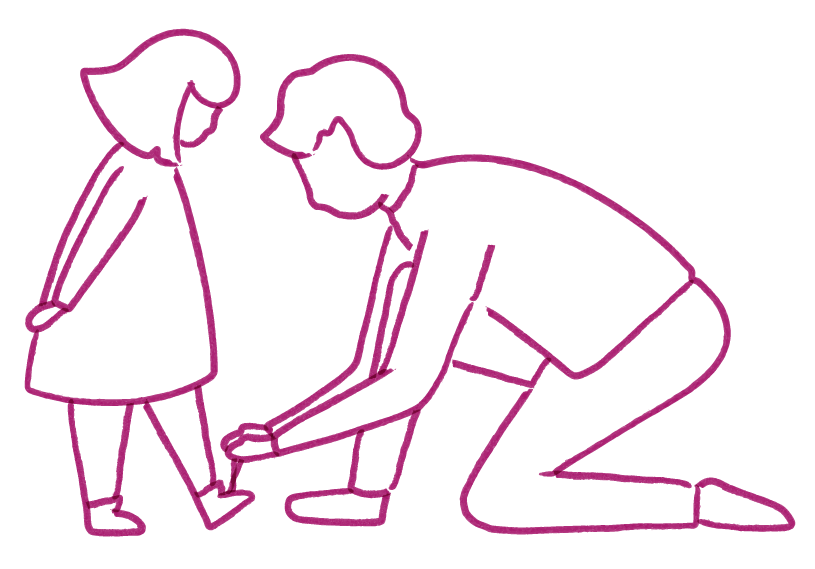Practicing Ethical Care in ECE

Many people think that caring for children is simple. However, our research shows that the processing of caring well for children is actually quite complex.
The purpose of this page is to take a closer look at what is involved in the process of caring well – a point of discussion we feel is worthy of attention in early childhood education.
This web page with its focus on educators practicing ethical care must be situated within a broader institutional and policy context. Educators cannot practice care ethically if they do not receive consistent institutional and policy supports. We see people–educators, children, families, directors and policy makers–always engaged in a network of caring relationships that ensures that “everything we do maintains, continues and repairs our world so that we can live in it as well as possible” (Tronto, 2011, p. 36). Care as an ethical practice is not just an individual responsibility; it is a collective responsibility.

Components of Ethical Care
Care happens within interdependent relationships.
Educators who practice care ethically feel a sense of responsibility to others.
Caring more than a value, disposition or attitude – it is always an action.

Care and learning are interchangeable in this encounter. In responding to the children’s interests, ideas and questions, the educator responds with genuine curiosity, interest and enthusiasm. She avoids steering the project so that the children can make own decisions. She is open to the children’s ideas even though it may invoke disruption in the environment (the bucket). The educator and the children are present physically, emotionally and cognitively in the encounter. The children are excited and proud of their structure-a sign that the care was completed.
Educators decide to act in caring ways in response to children’s, families’ and colleagues’ needs, desires, concerns, interests and inquiries. They seek to understand the perspectives of others. Therefore, the educator observes and listens respectfully and compassionately, knowing that the ways in which they care is different for each person and for each context. Educators who practice ethical care are not bound by assumptions about others or by rules about how to care for others. Educators who practice ethical care understand that their care practices are never fixed, but always changing. Care, in this sense, is not an instrumental means to an end but rather a value in itself and the ways in which human relations deepen and flourish.
Central to care as a relational ethic is an understanding that receiving care is an activity too. Caring educators, therefore, seek to understand how children feel and think about their care experiences through multiple modes of communication (bodies, language and emotions). Care as an ethical practice is not complete until educators and children jointly understand the care as satisfying. Talking with children about their care may require more dialogue and inquiry, with room for fluidity and change in the educator’s response to a child’s response to care.
When making decisions to act in caring ways, educators must reflect on power imbalances that are present in caring encounters. This is because educators are always making decisions about how to respond to a need for care—they can ignore, and reject them or accept and support them.
In addition, educators are significantly influenced in their care practices by their social positions and their preconceptions of others based on their intersecting social identities. Therefore, the care of young children requires an ethics to highlight the unequal relations between educators, who typically hold power, and children, who do not. The more power exercised by the educator in caregiving—the less likely the care practices will be ethical. Therefore, educators need to critically reflect on their power (and lack of power in relation to their working conditions) and their strengths and limitations in caring for others.

